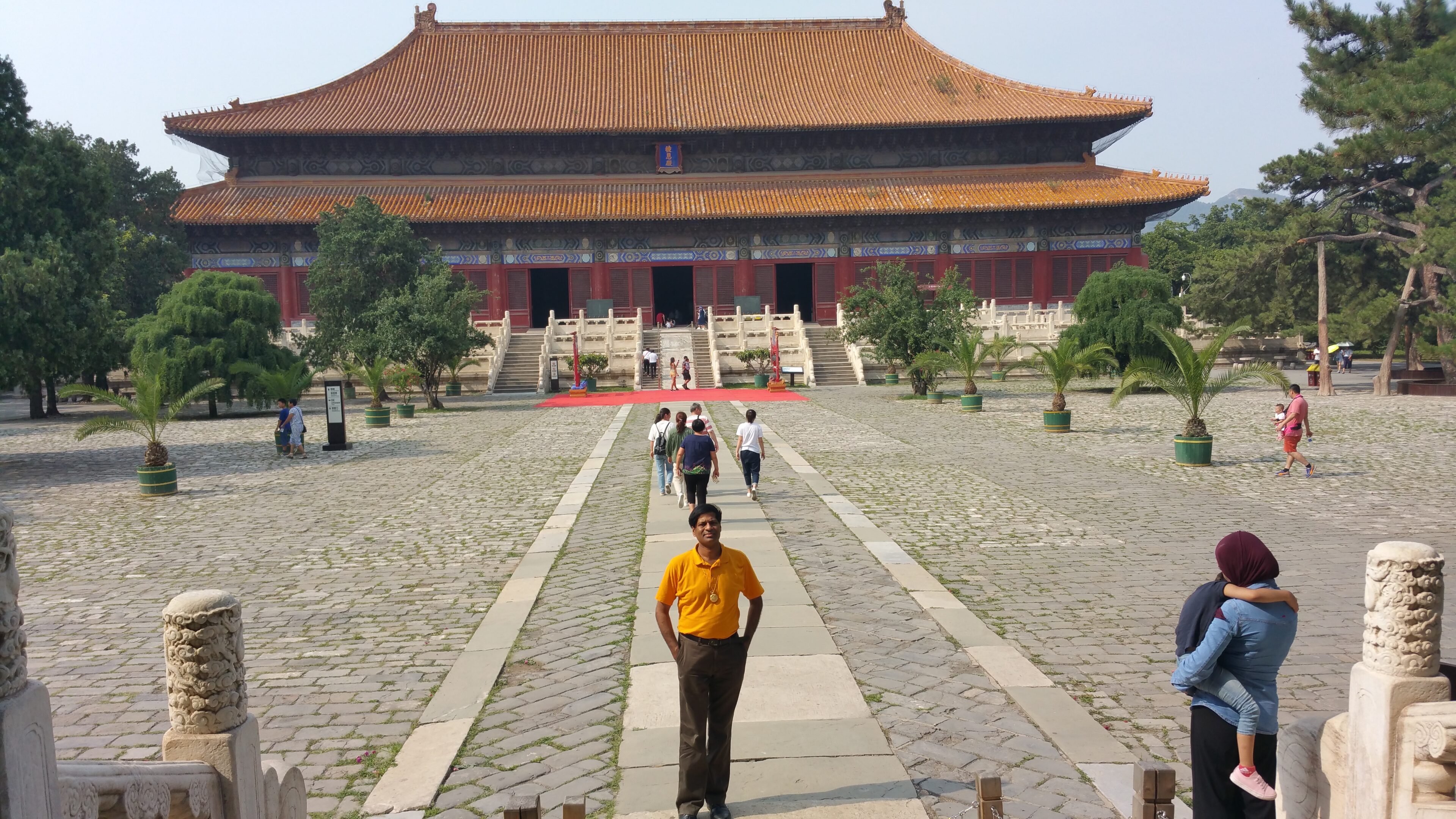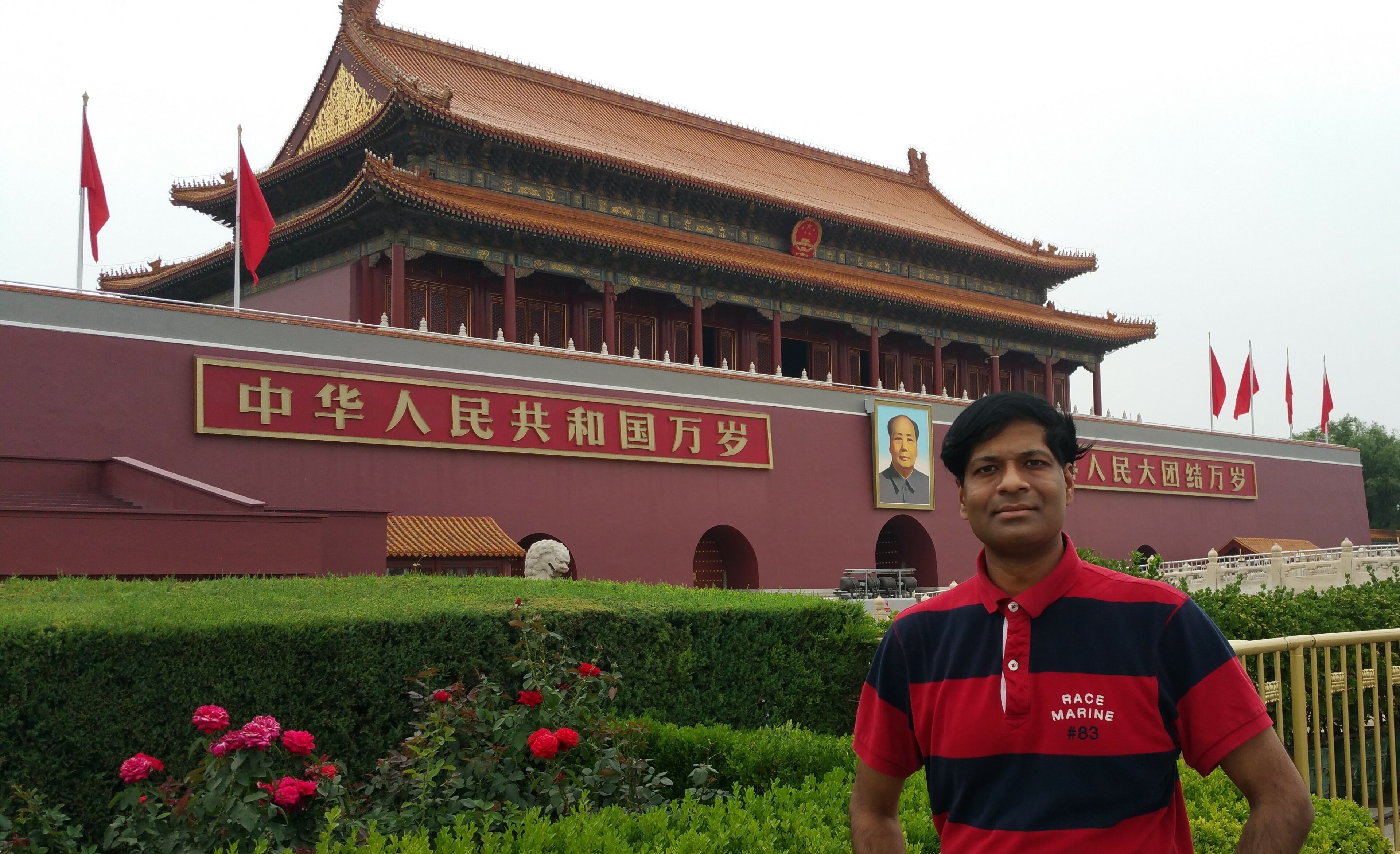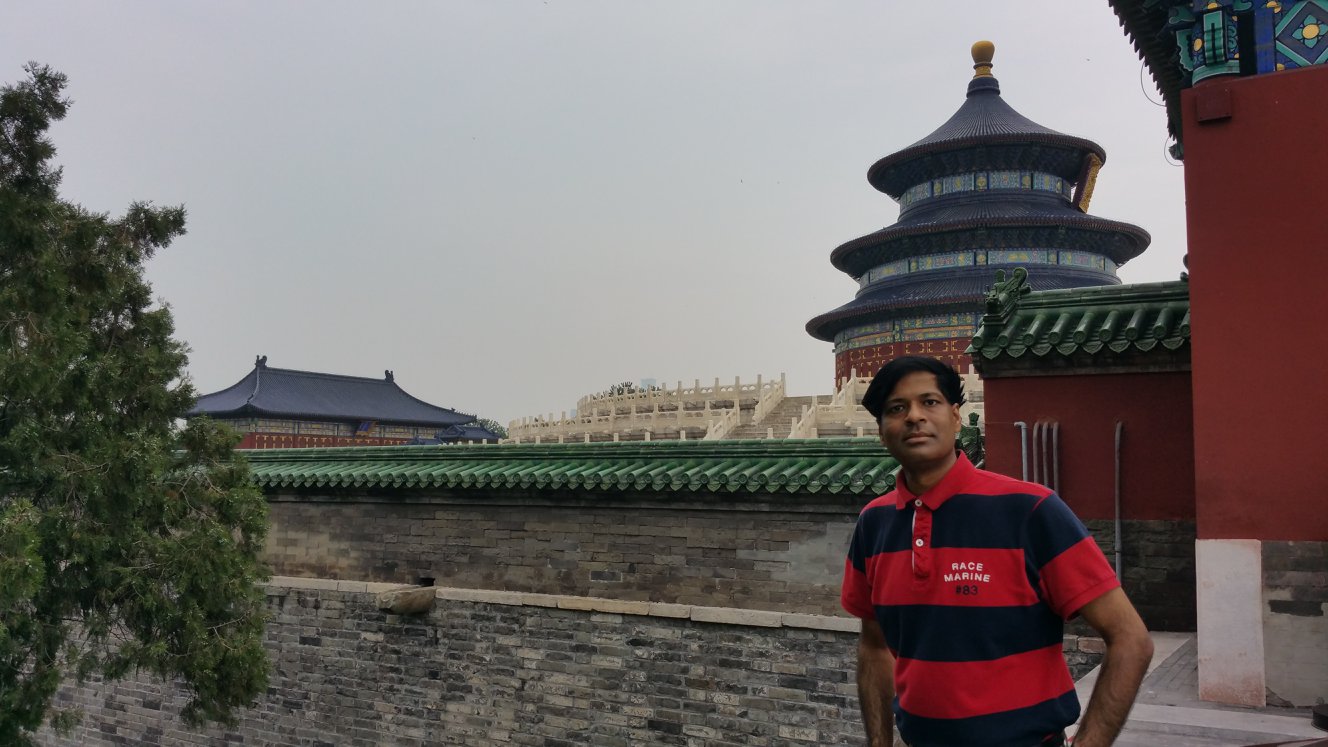BEIJING : THE FORBIDDEN CITY (PALACE MUSEUM)
The Forbidden City (Chinese: 故宫; pinyin: Gùgōng) is a palace complex in central Beijing, China. It houses the Palace Museum, and was the former Chinese imperial palace from the Ming dynasty to the end of the Qing dynasty (the years 1420 to 1912). The Forbidden City served as the home of emperors and their households as well as the ceremonial and political center of Chinese government for almost 500 years. Constructed from 1406 to 1420, the complex consists of 980 buildings and covers 72 hectares (over 180 acres). The palace exemplifies traditional Chinese palatial architecture and has influenced cultural and architectural developments in East Asia and elsewhere. The Forbidden City was declared a World Heritage Site in 1987 and is listed by UNESCO as the largest collection of preserved ancient wooden structures in the world. Since 1925, the Forbidden City has been under the charge of the Palace Museum, whose extensive collection of artwork and artifacts were built upon the imperial collections of the Ming and Qing dynasties. Part of the museum’s former collection is now in the National Palace Museum in Taipei. Both museums descend from the same institution, but were split after the Chinese Civil War. Since 2012, the Forbidden City has seen an average of 15 million visitors annually, and received more than 16 million visitors in 2016 and 2017
BEIJING TIAN TAN – THE TEMPLE OF HEAVEN
The Temple of Heaven (Chinese: 天壇; pinyin: Tiāntán) is an imperial complex of religious buildings situated in the southeastern part of central Beijing. The complex was visited by the Emperors of the Ming and Qing dynasties for annual ceremonies of prayer to Heaven for good harvest. It is my favourite as well as a UNESCO World heritage site


